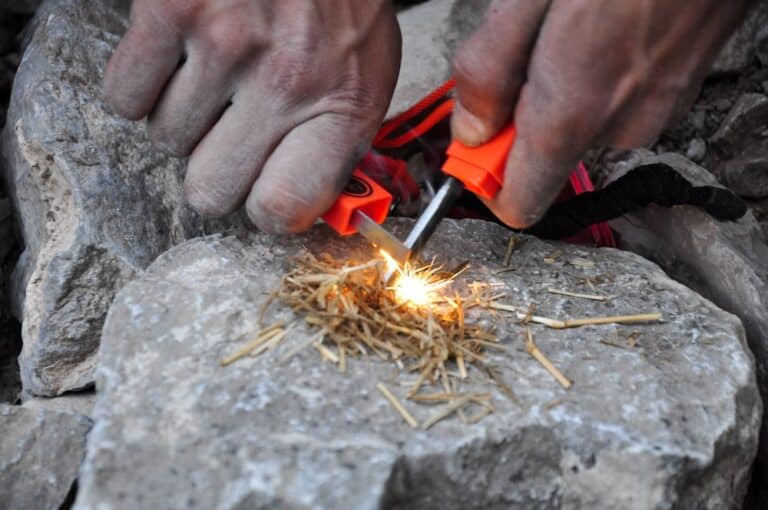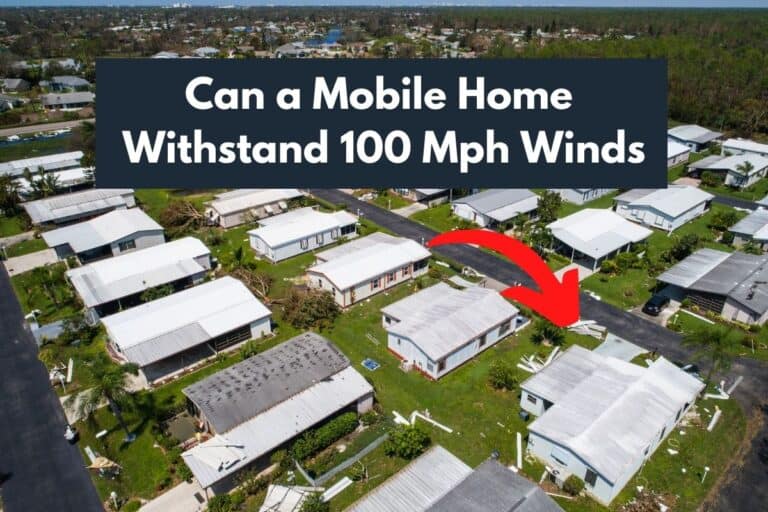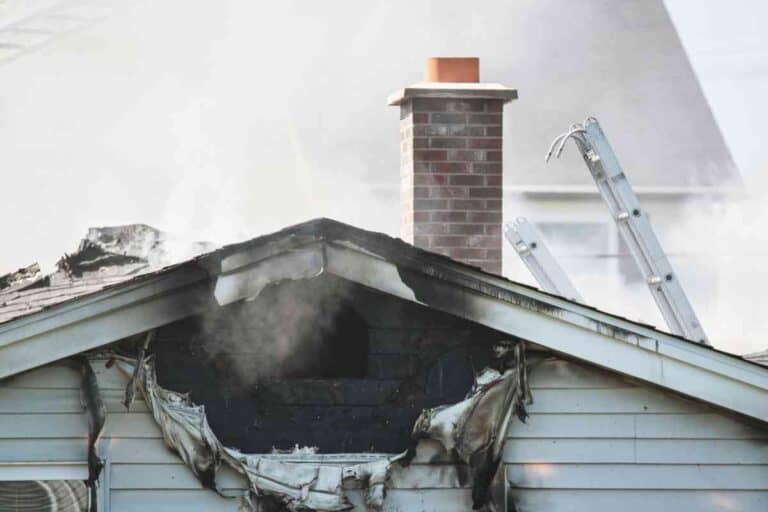Is Turning Around in Someone’s Driveway Trespassing? Know the Law!
Turning around in someone’s driveway is a common scenario faced by drivers looking for a quick route change, but it often raises questions about trespassing. Trespassing occurs when a person enters or uses another’s property without permission. While different states have varying laws concerning trespassing, it commonly hinges on how property owners have designated their space. For instance, properties with clear signage or barriers are more likely to warrant a trespassing claim due to intentional markings of private property.
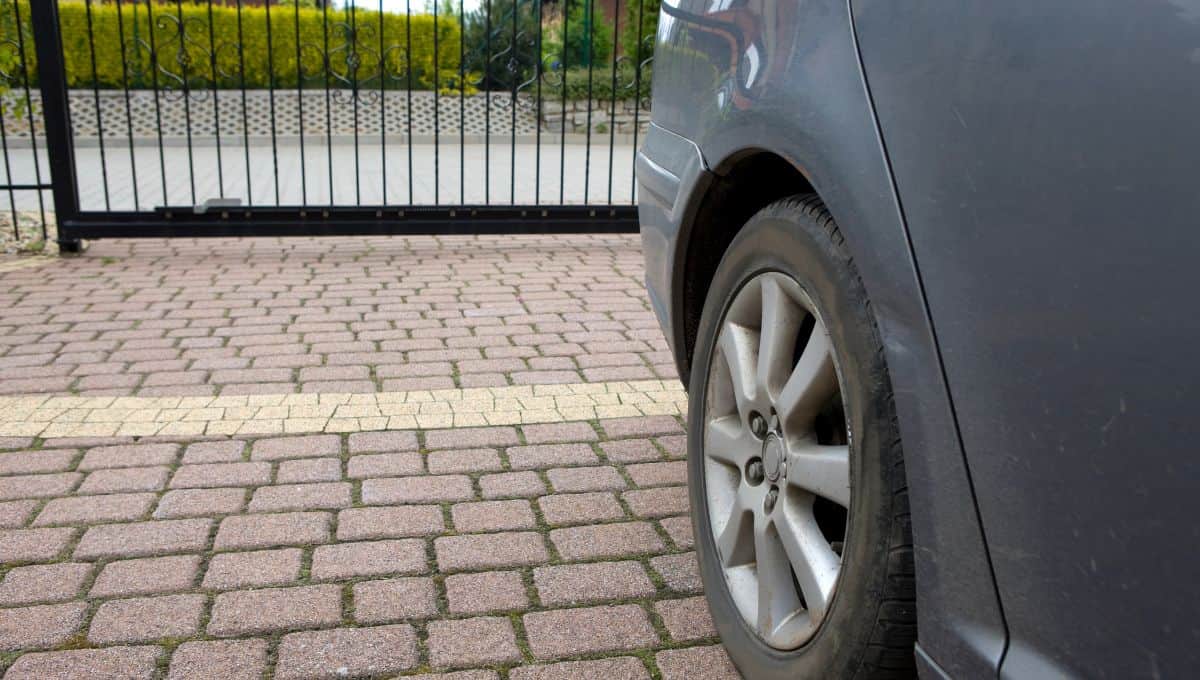
Whether the act of using someone’s driveway to turn your vehicle around constitutes trespassing can depend on local laws and the specifics of the situation. In many places, briefly entering someone’s driveway without causing damage or disturbance is not typically pursued as trespassing.
However, if the driveway is marked with “No Trespassing” signs or the property owner has expressed a wish not to have their driveway used in this manner, continuing to turn around in the driveway could be considered a violation of the owner’s property rights.
Key Takeaways
- Trespassing involves using someone else’s property without permission.
- Driveway turnarounds may or may not be trespassing based on local laws and property owner designations.
- Property owners may take measures to handle and prevent unwanted vehicle turnarounds.
Legality of Driveway Turnarounds
When you use someone’s driveway to turn your vehicle around, the legality hinges on factors such as trespassing laws, homeowner’s actions, and state-specific regulations.
Defining Trespassing
Trespassing occurs when someone enters or remains on property without the owner’s consent.
In the context of driveways, criminal trespass may be cited if you enter with intent to cause harm or disrupt, while civil trespass involves entry without intent to harm, potentially leading to civil lawsuits.
State-Specific Trespassing Laws
Every state has its own trespassing law that defines unauthorized entry.
Some jurisdictions may treat the act of turning around in a driveway as a benign incident, whereas others could consider it a misdemeanor if it violates specific statutes.
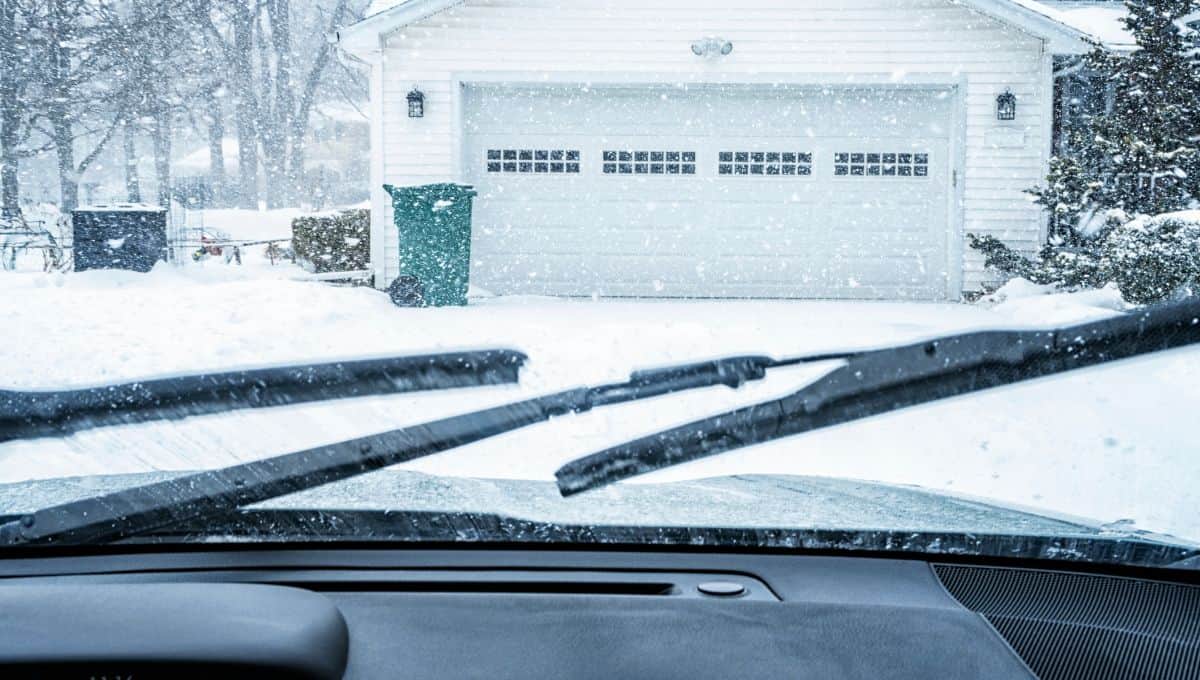
Signage and Fencing Requirements
Property owners can use signs, fences, or gates to clarify the boundaries of private property.
A prominently displayed No Trespassing sign or a physical barrier can bolster a homeowner’s right to privacy and potentially support a trespassing claim.
Exceptions and Defenses to Trespassing
Implied consent may apply in cases where a driveway is commonly used for turnarounds, making it less likely for you to face trespassing accusations.
Additionally, continuing trespass—an ongoing, unauthorized use of property—requires different legal consideration than a one-time incident.
Resolution and Enforcement
Typically, if the use of a driveway for turnaround is challenged, law enforcement becomes involved.
The presence of police can help resolve disputes, but some situations escalate to where consulting a lawyer for legal services is necessary.
Impact on Homeowners and Drivers
For the homeowner, frequent turnarounds can be invasive, but for drivers, it may seem a harmless act. Both parties must understand their rights and obligations to navigate potential conflicts.
Through understanding these aspects of trespassing laws and respecting property boundaries, you are better equipped to handle situations involving driveway turnarounds.
If you’re facing issues with unauthorized driveway use, methods to stop cars from turning around in your driveway might be beneficial.
Handling Trespassing Incidents
You want to respond appropriately if you encounter a trespass on your property or as a driver.
This section outlines clear steps for both property owners and drivers to handle such incidents and avoid legal complications.
Steps to Take if Trespass Occurs
If you’re a property owner and trespassing occurs:
- Ask the trespasser to leave, as this is often enough to resolve the situation. If they refuse, further action is needed.
- Document the incident with photos or videos as evidence—this may assist in legal proceedings.
- Contact the police, especially if the trespasser refuses to leave. Law enforcement has the authority to act under criminal trespass laws.
Legal Recourse for Property Owners
Property owners have several legal options:
- First, an attorney can help you send a no trespass letter to the individual, setting a clear legal boundary.
- If incidents persist, suing for damages or seeking an injunction in court may be necessary.
- Consult with legal services to understand your rights and initiate a civil lawsuit if required.
Avoiding Trespassing Violations as a Driver
When driving, to avoid trespassing:
- Be aware of posted signs and avoid using driveways without permission.
- If you must turn around, do so quickly and respectfully, minimizing your time on the property.
- Understand that using someone’s driveway for purposes other than turning around, such as hunting access, could lead to legal consequences.
Negotiating Disputes Between Neighbors
Disputes over trespassing between neighbors should be handled diplomatically:
- Communicate your concerns clearly and directly with your neighbor.
- If necessary, erect a fence or signs to demarcate your real estate boundaries.
- Seek mediation or legal advice to foster an attorney-client relationship to resolve the matter amicably before escalating to court.
By following these guidelines and understanding your legal standing, you can manage trespassing incidents effectively.
Related Reading
- Is it Legal to Put a Chain Across My Driveway?
- Deterrents Parking in Front of House
- Are Amazon Drivers Allowed to Pull in Your Driveway?
- The Self-Sufficient Life and How to Live It: Book Review
- 9 Ways To Get People To Stop Turning Around In Your Driveway
- Is Turning Around in Someone’s Driveway Trespassing

